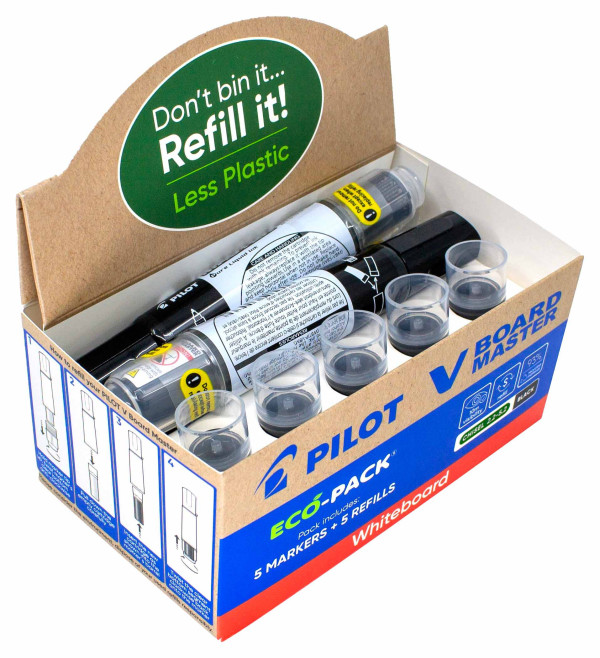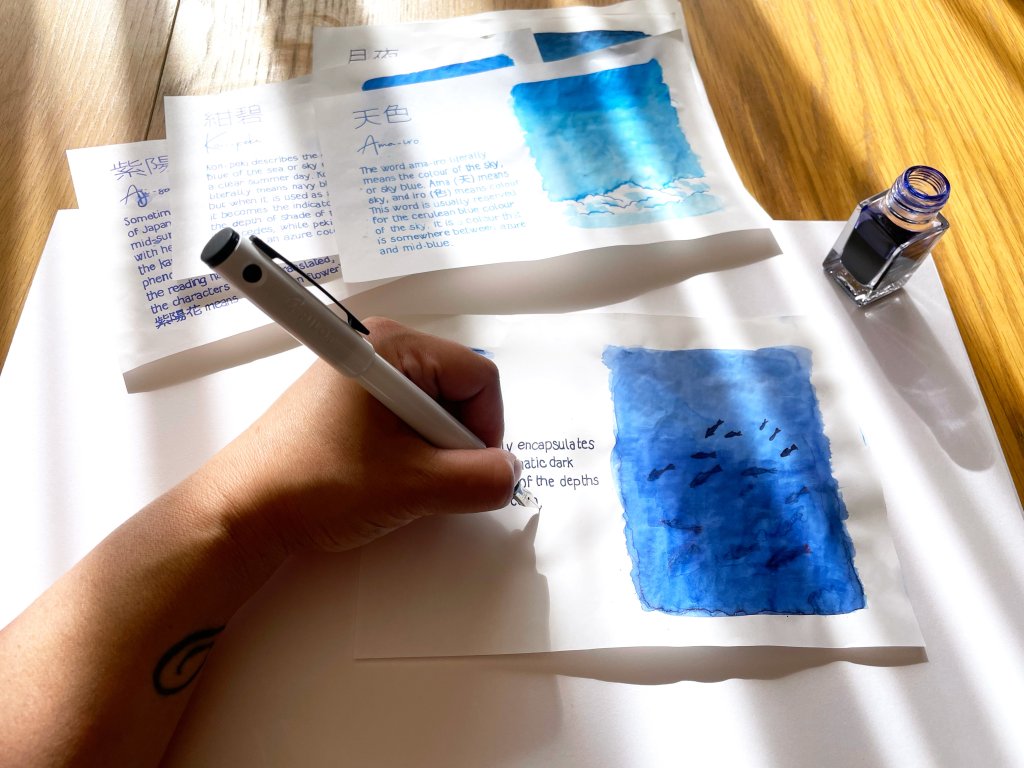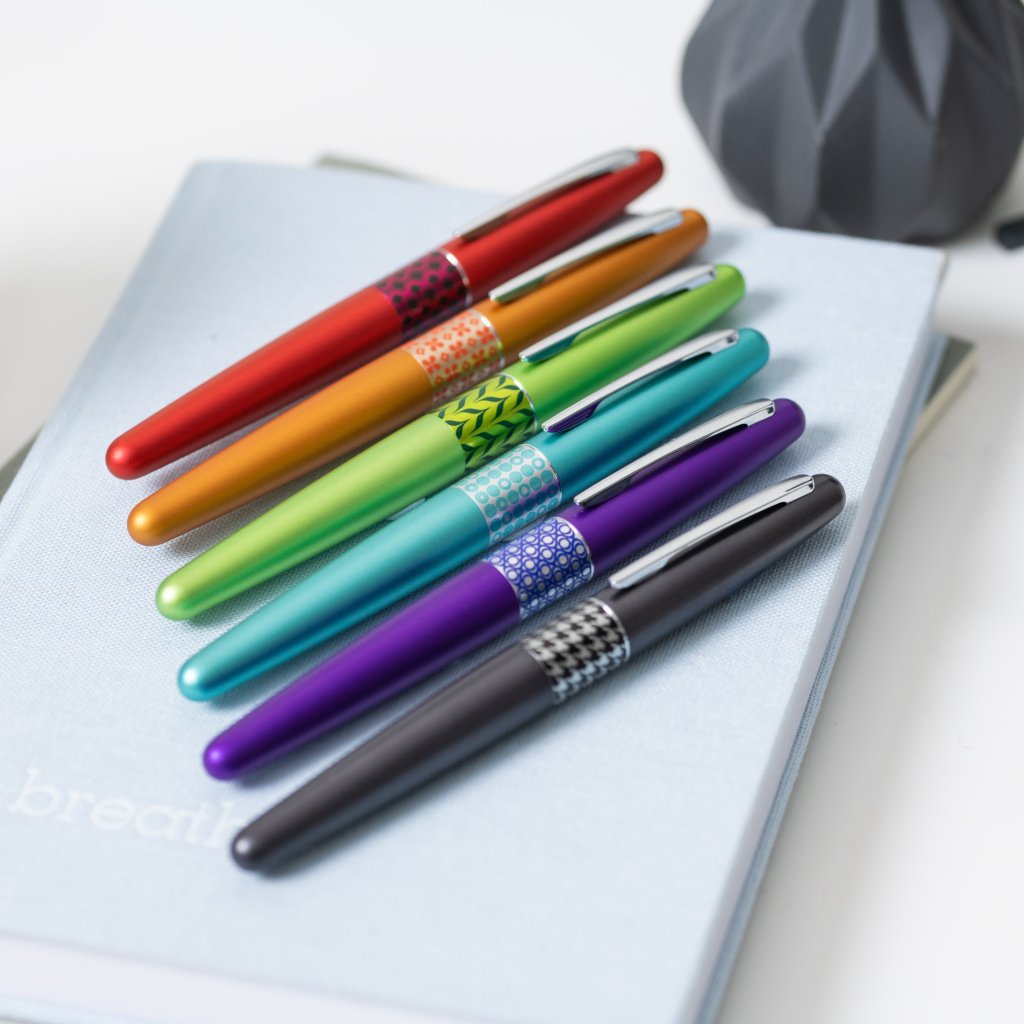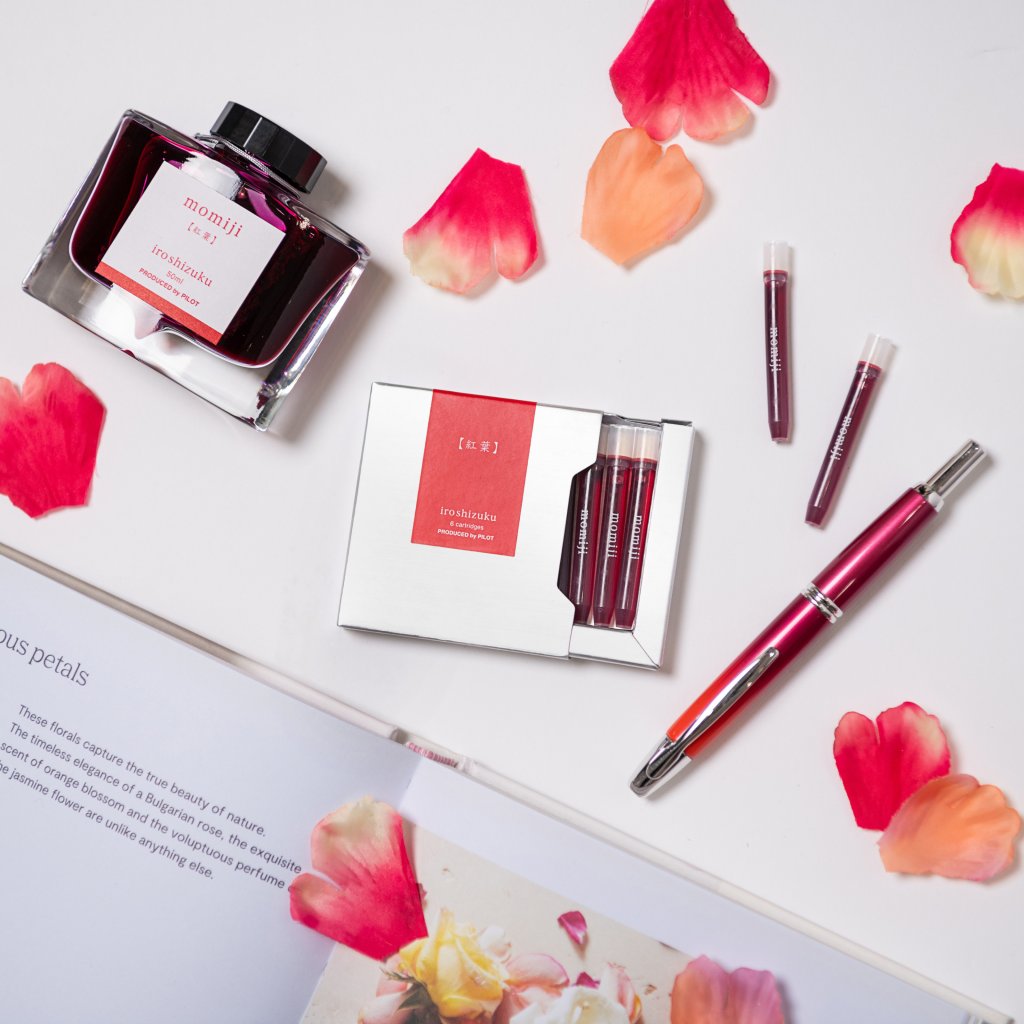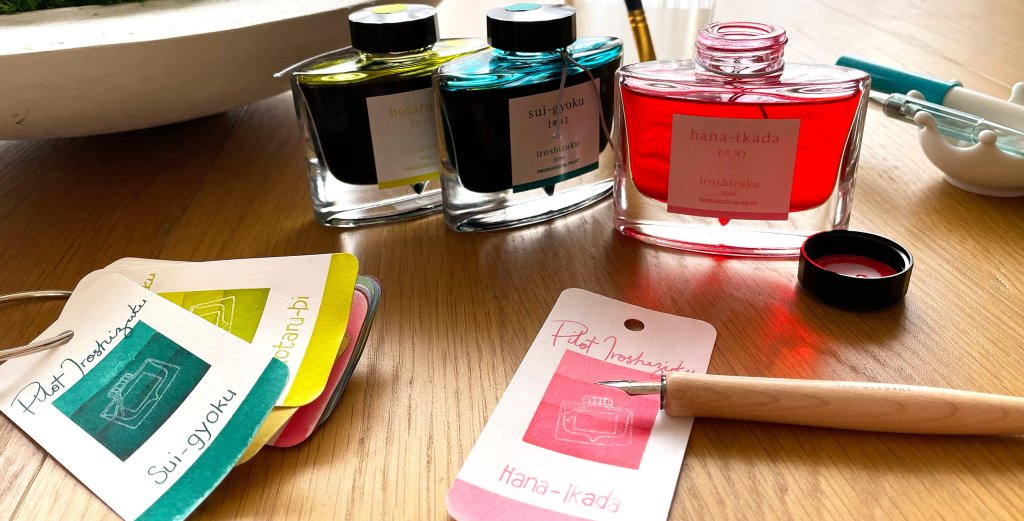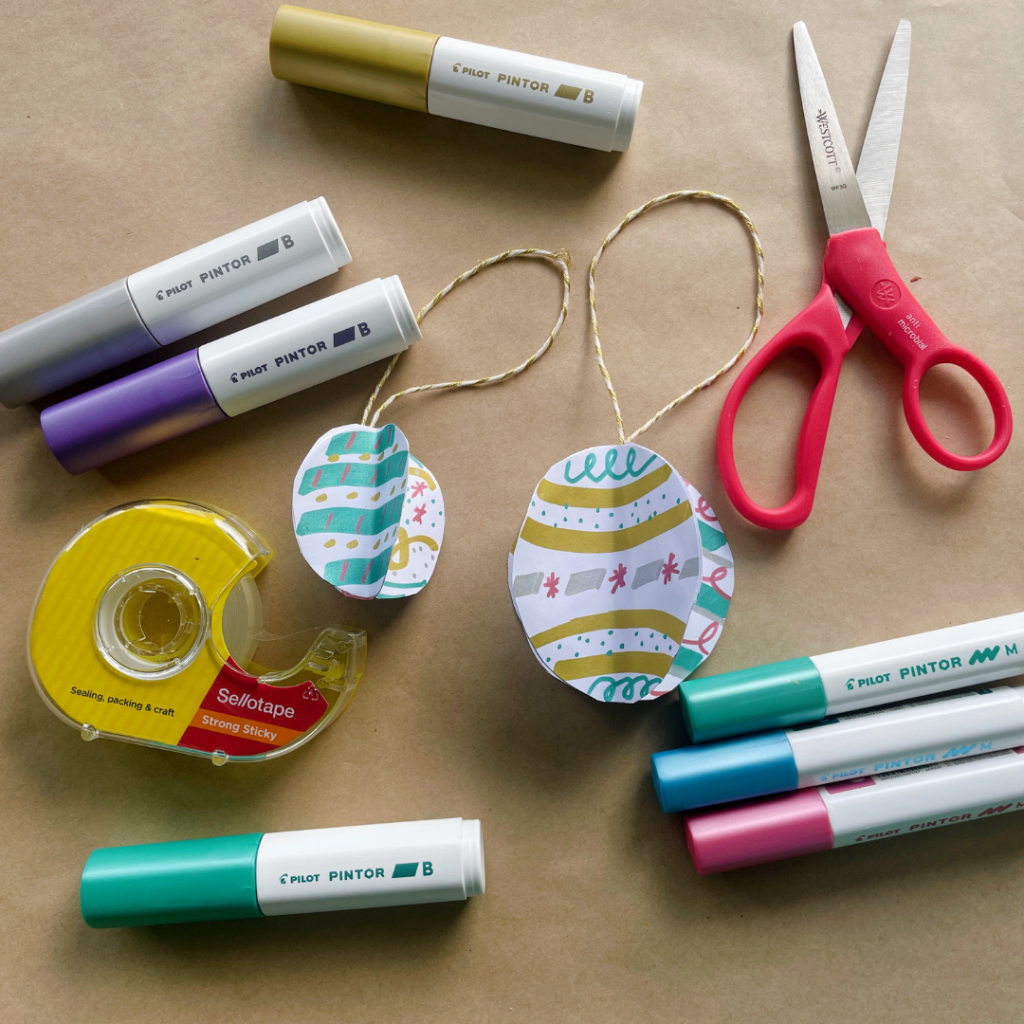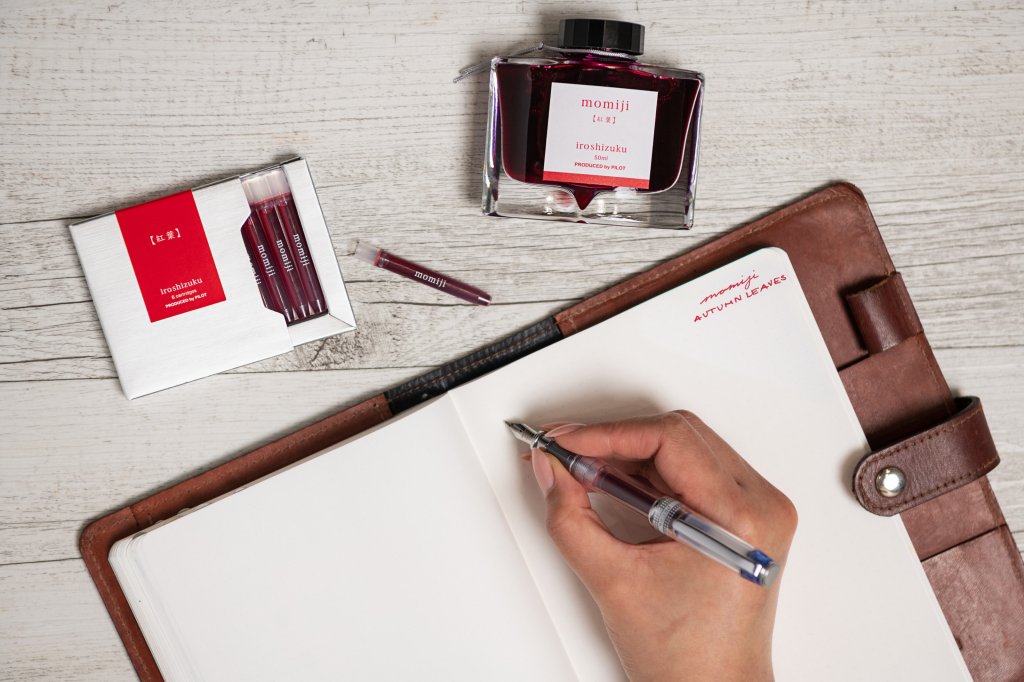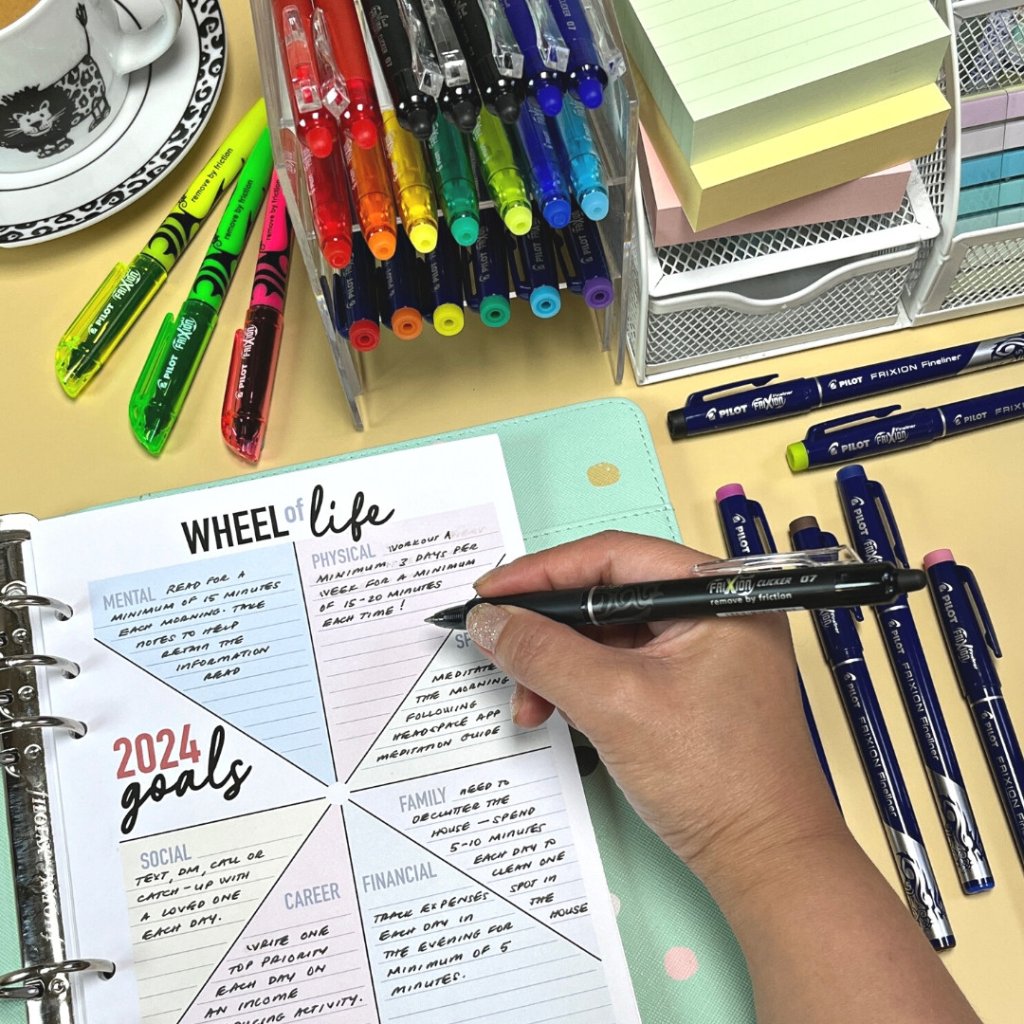I was born in the UK in the 1970s and at that time children across the nation were taught to write using pencils and then graduated to fountain pens. I was lucky because I was born just as it was finally becoming acceptable to be a left-handed writer; just a few years prior, left-handed children were forced to write with their right hand.
My mother bought me my first fountain pen – it was black and silver and had an arrow-shaped clip. She told me it was the perfect pen for me because it had a “left-handed nib” that was slightly curved. The most vivid memory I have of using this fountain pen is of the irregular blue ink smudges, resembling a Rorschach ink blot, that constantly covered the whole side of my left hand, and the mirror-printed smudges on my schoolwork.
Writing Styles of Left-Handers
Statistically, lefties make up 10% of any given population. And they will use one of three left-handed writing styles:
Over-writers: hook their wrist and position their hand over the top of their writing line.
Under-writers: will position their hand below their writing line.
Side-writer (or horizontal-writer): which means the hand travels directly over everything they’ve just written. Side writing can lead to smudging as the hand moves directly over the fresh ink. A side-writer typically keeps their wrist straight and positioned perpendicular to their handwriting.
I am the third option, a side-writer, this explained my ever-present hand smudge when I was younger. Fountain pen ink back then was not as fast-drying as they are today.
My Left-Handed Fountain Pen Journey
When my family immigrated to Australia in the 1980s, I was thrilled to be using a regular ballpoint pen in school and as time moved on, I forgot about fountain pens entirely. But the ballpoint pen offered me a whole different challenge: to which I can genuinely say that I have never been able to use up a ball pen in my entire life. Let me explain.
In the West, writing moves in a horizontal, left-to-right direction, and a right-handed writer “pulls” ink out of a pen by rolling the ball away from itself. On the other hand (no pun intended) a left-hander “pushes” the pen across the paper, forcing the ball of the pen to roll into its mechanism, and over time this movement causes damage to that ball, preventing a smooth rolling motion and eventually it seizes up. All you are left with is a “dry” pen that is frustratingly still full of ink – if I was lucky, sometimes a ball pen might last a few months, but most of the time I would get a couple of weeks at best, in fact, the shortest amount of time a pen has lasted before seizing up is two days! I learnt to buy ball pens in boxes very young, and my contribution to landfill is quite considerable.
Then, one day, when I was in my 30s, I stumbled upon a red PILOT Metropolitan and had an epiphany. I remembered what it was like to use a fountain pen as a child and dreaded the smudge of shame on my hand, but my stationery-addict nature overruled my hesitancy. Also, it was dead sexy! What really had me all excited about owning a fountain pen again was the amazing variety of fountain pen ink available – the idea of being able to write in so many different colours was extremely thrilling. After a bit of research, I discovered that there was an endless amount of different fountain pen brands, models, colours, shapes, and prices, from off-the-shelf fountain pens to bespoke customised fountain pens. This was the beginning of a very fast and expensive fall down the proverbial rabbit hole.
My love of Japanese Stationery
I must admit, I am biased towards Japanese stationery. In fact, almost all my purchases tend to be exclusively Japanese. Every year, there are new innovations of things that were already practically perfect. For example, in 2022, Kokuyo released its ingenious True Measure ruler, which features an unambiguous pattern of alternating 1mm-wide light and dark stripes, making precision measurements easy. Sometimes, innovation isn't even about functionality, sometimes it's about whimsy, for instance, the Plus Air-In Mount Fuji Eraser, released in 2021. It is made with two layers of PVC, and as you use the eraser, it slowly becomes a tiny replica of Mount Fuji.
And to prove that Japan is the Motherland of Stationery, there are whole department store floors dedicated to just stationery. Tokyū-Hands Shibuya (now known as Hands) has two whole floors of just stationery, and the Shinjuku store has three! There is Sekaido, a massive art/stationery department store in Shinkuju, which has five floors that are entirely dedicated solely to stationery, or world-renowned Ito-ya, which boasts a whopping 20 floors over two adjacent buildings, with only three of those floors being non-stationery related.
Benefits of Using Fountain Pens for Left-Handers
As a leftie, the primary reason why I prefer using fountain pens over other types of pens is how smooth they feel when I use them. This is in fact a thinly veiled environmental reason: as there is no moving mechanism in a fountain pen for my left-handed writing style to sabotage, which means that I have never have to throw away a fountain pen due to it seizing up! Even if I did, I could get it repaired by a nibmeister. I love it when you use an ink in a pen and they just match up, both in colour and purpose, and they make your writing task a wonderful experience.
I have used fountain pens for most of my life but only started collecting them recently. I do prefer obtaining hard-to-find, limited edition, and exclusive pens; I think it's a subconscious attempt to make sure that when I buy, it's as infrequent as possible. The hunt for a specific pen contributes to that infrequency – one specific pen took me five years to track down and I feel very lucky to have found it and enjoyed that journey. People often ask me how I acquire my pens, and all I can say is that it really helps to have wonderful, amazing friends in the fountain pen community who are prepared to go above and beyond for you.
Do I Use a Specialised Fountain Pen for Left-Handed Writers?
None of the fountain pens I own today have a specialised left-handed nib, rather, they are standard out-of-the-box nibs (for righties). Personally, I don't really think lefties need specialised nibs – most modern, well-made nibs seem to suit both left and right-handers. I have heard that as you get into the broader nibs, those nibs will need to be ground in an opposite direction to the standard (righty) angle, but I think the key to being a left-handed fountain pen writer is fast-drying inks!
My Tips for Left-Handed Fountain Pen Users
As a left-handed writer who has navigated the world of fountain pens for decades, I’ve picked up a few tricks that have made my writing experience smoother and more enjoyable. Here are my personal tips to help fellow lefties get the most out of their fountain pens:
Choose Fast-Drying Fountain Pen Ink
Fast-drying inks are a lifesaver for left-handed writers. They dramatically reduce the smudging that plagued my childhood writing.
Experiment with Nibs
In theory, medium and fine nibs tend to work best for left-handers as they lay down less ink, which means less chance of smudging. Don’t be afraid to test different sizes and shapes until you find your perfect match. The joy of writing with a nib that feels just right is well worth the effort.
Select Smooth Paper
The type of paper you use can significantly affect your writing experience. High-quality, smooth fountain pen paper has become a non-negotiable for me. Smooth paper reduces friction, making writing not only easier but also more pleasurable.
Incorporating these tips has transformed my fountain pen experience. There’s something incredibly satisfying about finding the right combination of ink, nib, and paper. It’s a journey of discovery that makes each writing session a little bit magical. So, to all my fellow lefties out there, embrace these tips and enjoy the wonderful world of fountain pens.
Next Article
For the love of iroshizuku Ink - Swatching with Aileen Smith
Aileen takes us step-by-step through her fountain pen ink swatching technique with PILOT's iroshizuku collection. She also shares her fountain pen journey with us and her passion for collecting, Japan's rich culture and changing seasons.
Read moreAbout Author
Aileen Smith
Aileen Smith is a Graphic Designer and Ice Cream Addict. She is a self-confessed nerd and Japanophile who runs a small store and has a growing collection of fountain pens and inks that she shares on instagram under @illegal_aileen.
